Tomago House #6: Lessons Learned

Welp, I did it.
After several weeks of editing, reformatting, proof reading and designing, "Anchovie Akiyama in The Glass Chanterelle" is off to the printer and my book should arrive two days before TCAF begins. It's definitely cutting it closer than I'd like, but I learned ALOT going through this process and feel like the all the trial and error will help me with my projects going forward.
In no particular order, here are some insights that I gleaned during this process:

I kind of fell in love with the characters again.
Since I was essentially editing and re-writing the book for print, I got a chance to get reacquainted with my characters. I've mentioned before that webcomics are usually done at a break neck pace and there's not much time for introspection. You just fire from the hip and hope your feelings about the story and characters are correct.
Anchovie Akiyama, the hero of series, is not a particularly noteworthy detective. He's certainly competent enough, but there's nothing extraodinary about him that would distinguish him from countless other fictional detective heroes that we've read. The sleuthing aspect of his character is probably the component I find LEAST interesting.
Instead, as I was editing the series, my favorite bits are the character moments between him and his brother, Spinichio, his somewhat antagonistic relationship with his ex, Sophie, and his search for a lost father figure.
Although, it's a story about murder, a magical mushroom cult, and templar knights, I think the heart of it is about a young man who was once lost but has since found his way, and now is out to slowly mend the bridges between himself and those he hurt in his younger days.
If I get a chance to do a second story set in this world, I think it will focus alot more on the characters and their relationship with each other and a little less on uncovering a mystery.


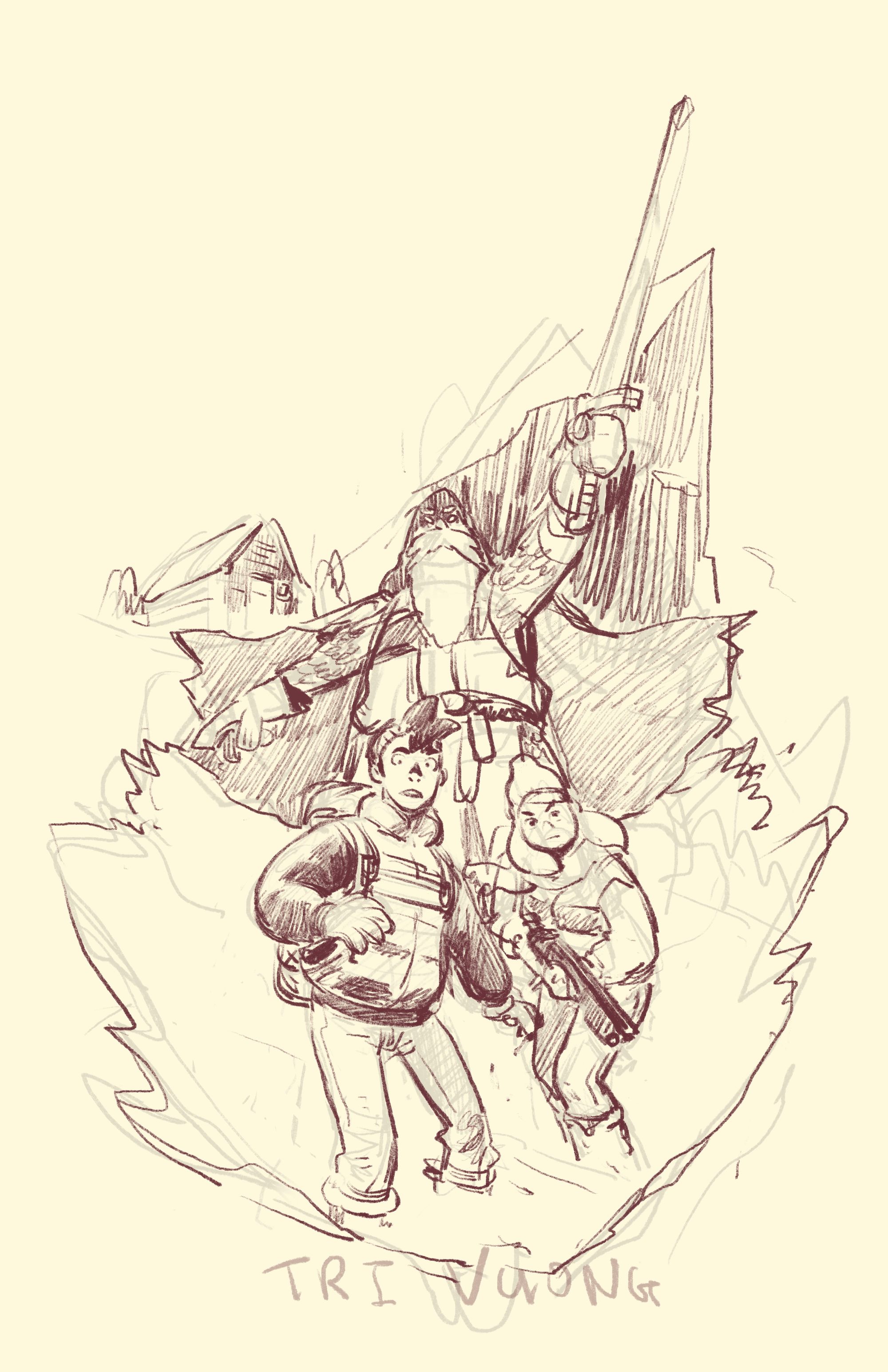
The art is a little all over the place.
Specifically with Anchovie himself.
In the beginning of the story, Anchovie is little more suave and smarmy. In the middle of a story, he's a bit of a goofball. By the end of it, he seems more like an earnest young man with a good heart. His hair style changes drastically after his brawl at the train station (I reasoned it was because he didn't bother combing his hair afterwards but I don't have a good explanation as to why it's sometimes black and sometimes it's blue).
I'm hoping these differences aren't distracting. Nobody's actually pointed the differences out to me so far, but to me they are very obvious.
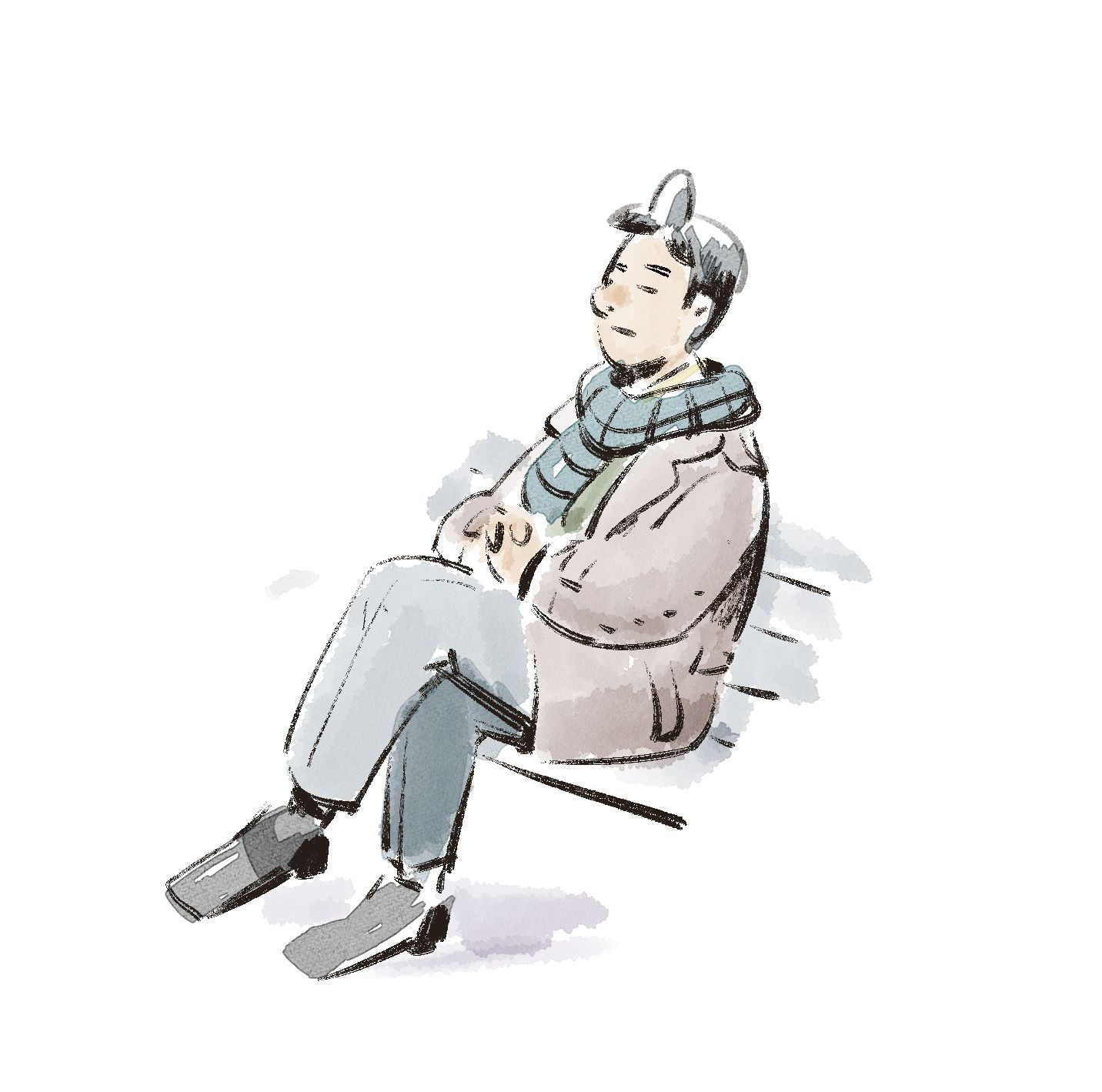
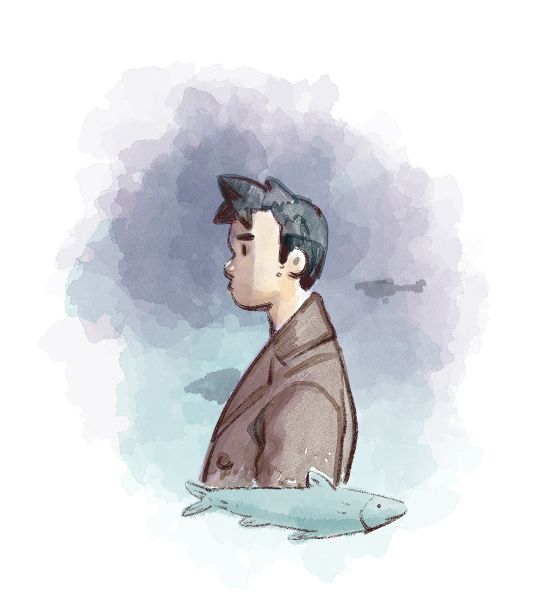
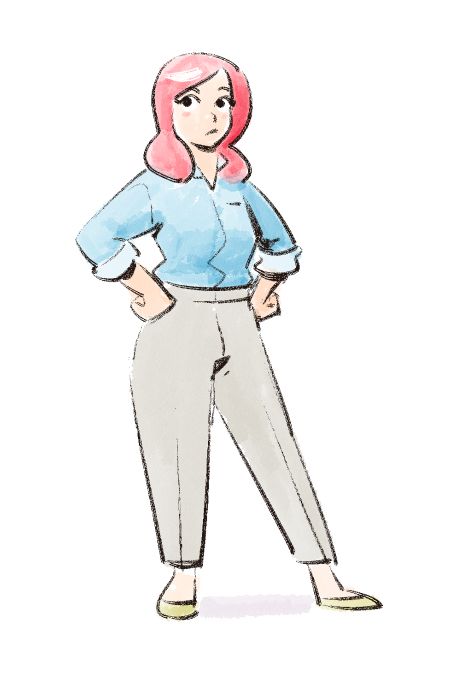

Write for print, not web.
I'm not 100% sure on this, but I suspect there's some truth to this "rule".
I wrote the story with the unlimited canvas afforded to me by the web but ran into some major problems adapting the script for print. There were often space considerations on the printed page that I didn't account for in the vertical webtoon format. After all, if there wasn't quite enough space for a word balloon, I could always just nudge the balloon further up or down the canvas.
When adapting for print, I had to be alot more judicious with my dialog for certain scenes because otherwise the page would be cluttered with nothing but word balloons. Ultimately, I think the forced re-writes resulted in a stronger script but it was a certainly time consuming process to redo the entire book this way.
Consider print considerations at the start of a story.
On a similar note, knowing what size you envision your book to be at the start of your project will save you alot of headaches later on. Because I just started drawing wily nily at an arbitrary digital size in the beginning, I had to reformat every single page to be the appropriate size.
Also, if you will be self-publishing, look into the cost of printing BEFORE you begin so you can have a sense of whether what you envision is even financially feasible. Case in point: I originally meant to publish the book in the standard A4 format. However, after running the numbers, I discovered that I would have to sell the book at $30 each just to break even! That's too much to ask for a book that's only around 150 pages long.
I ultimately elected to go for a digest size just so i could try and sell the book at a more reasonable cost. And because I did not do the math beforehand, I had go back and reformat all the pages to digest size AFTER I had already formatted them for a larger size. It's a cascading series of mistakes when you don't take things into account before hand.
God save you if you lettered the book to be read at a larger size and then find yourself having to change the font size of every word balloon to be legible at a smaller size.

There's no "Make Book" button.
Just because the comic is finished, doesn't mean that the book is ready for print. You need chapter breaks, title pages, a front cover, back cover, inside front cover, inside back cover. Even if you were to keep it simple (like I tried to), you need to consider whether a page should land on the left side or right side of the book.
File management can also be a real beast when designing your book. It's no problem dealing with individual files when your story is short, but when it starts ballooning past a hundred pages I highly recommend you figure out some sort of file management system that works for you. Otherwise it's very easy to having missing or out of order pages.
And lastly, your job probably isn't done just because you sent your book to the printer. Mixam, the printer I used, found some mistakes I made after I submitted the files and it took several days to correct the errors. Something to keep in mind if your project is time sensitive
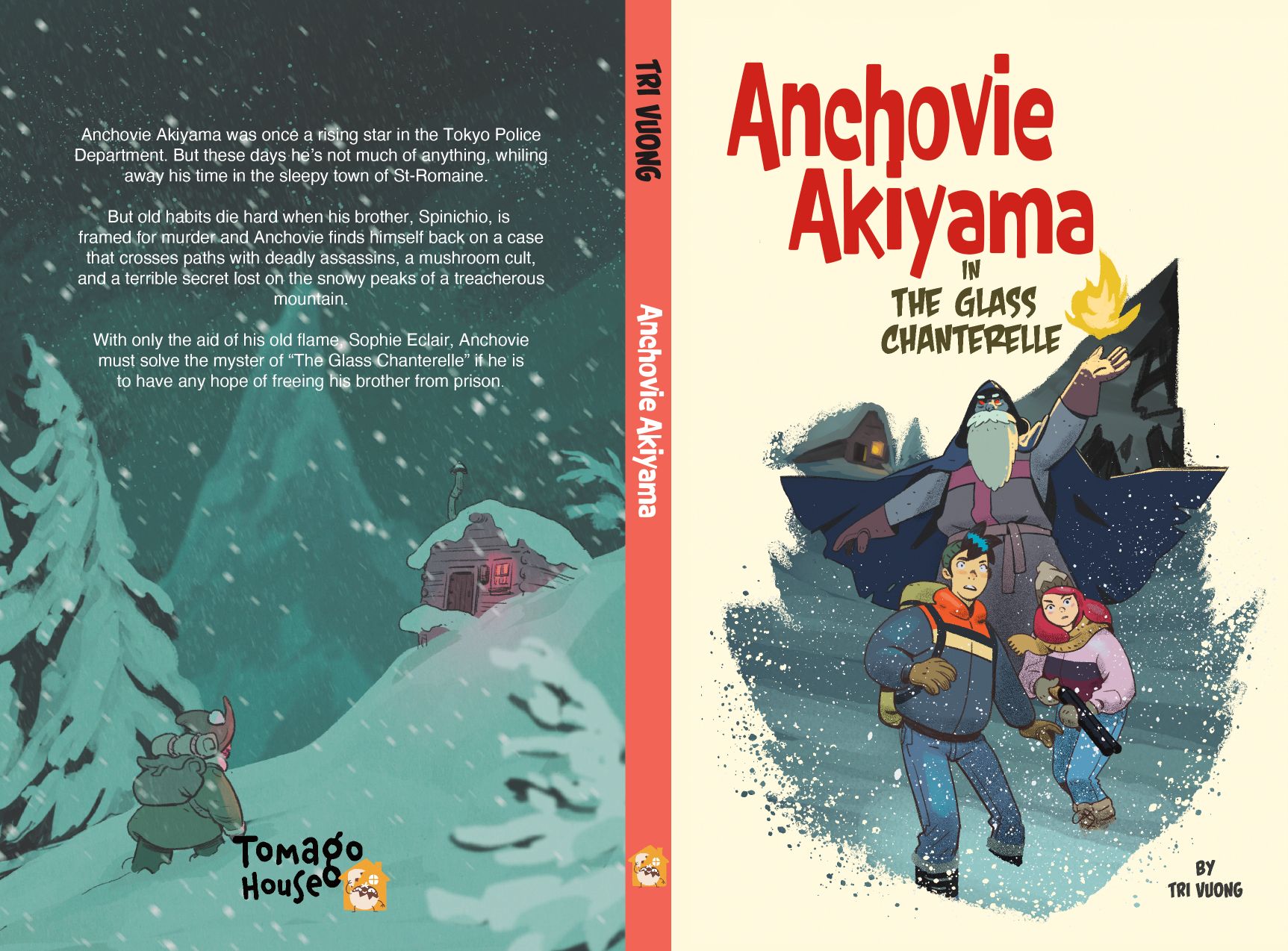
So there you have it. Some hopefully useful insights for you to consider if you also decide to try your hand at self-publishing your own book.
I'll confess, it was a much larger endeavour than I anticipated. And I only ordered a miniscule print run of fifty copies! Still, I'm glad I went through the process and am eagerly awaiting for the books to arrive in time for TCAF.
Despite all the headaches, it was actually great fun assembling the book. It also got me thinking other books I'd like to make. Perhaps a sketchbook?
That's it for this week. If you're in Toronto and attending TCAF, I'll be at Table 143. Come by and say hi!
Tri

